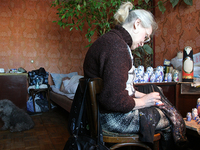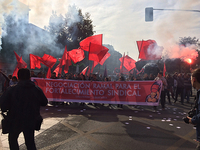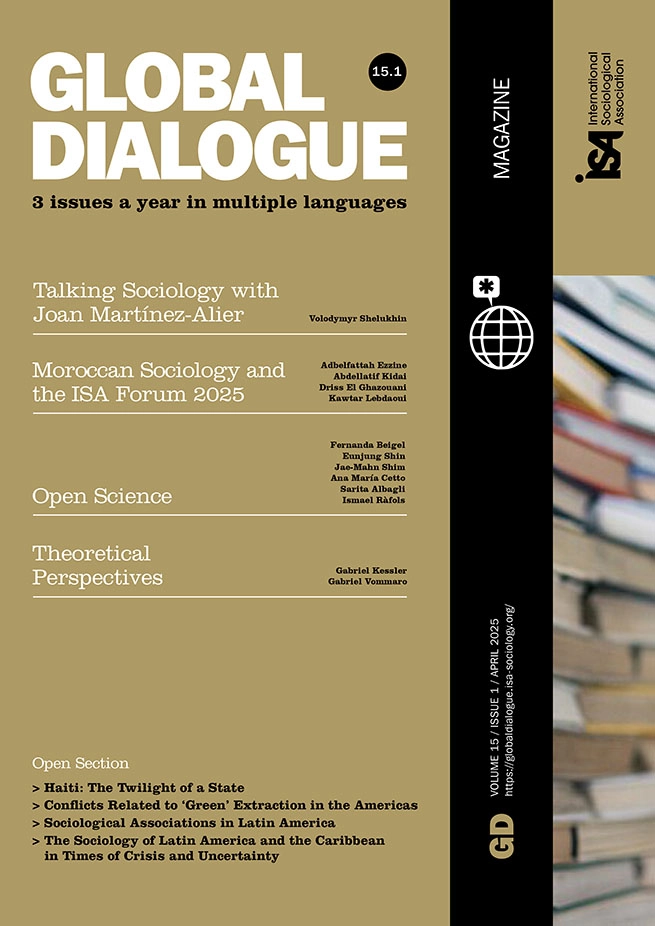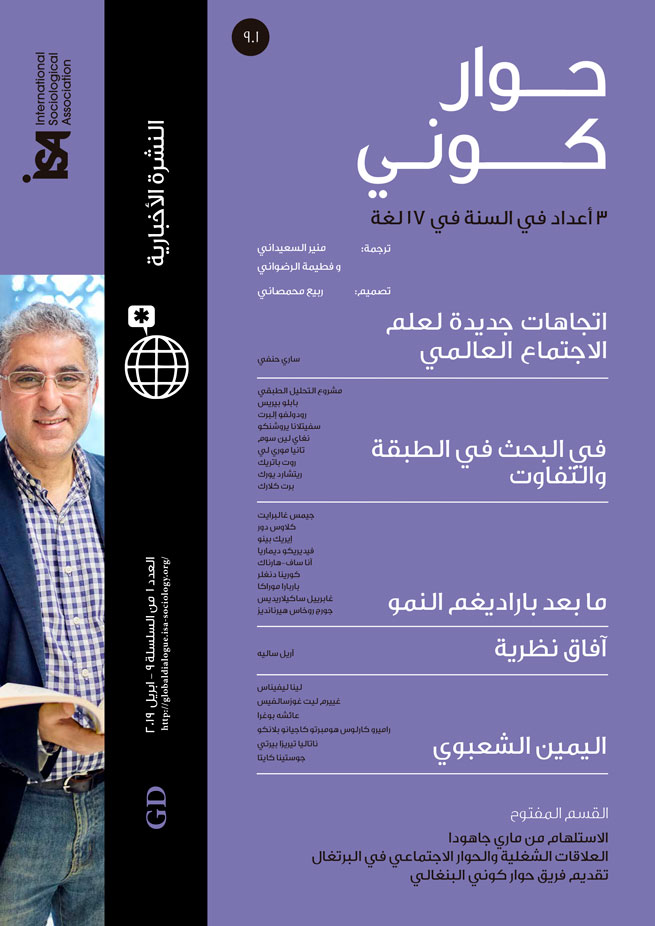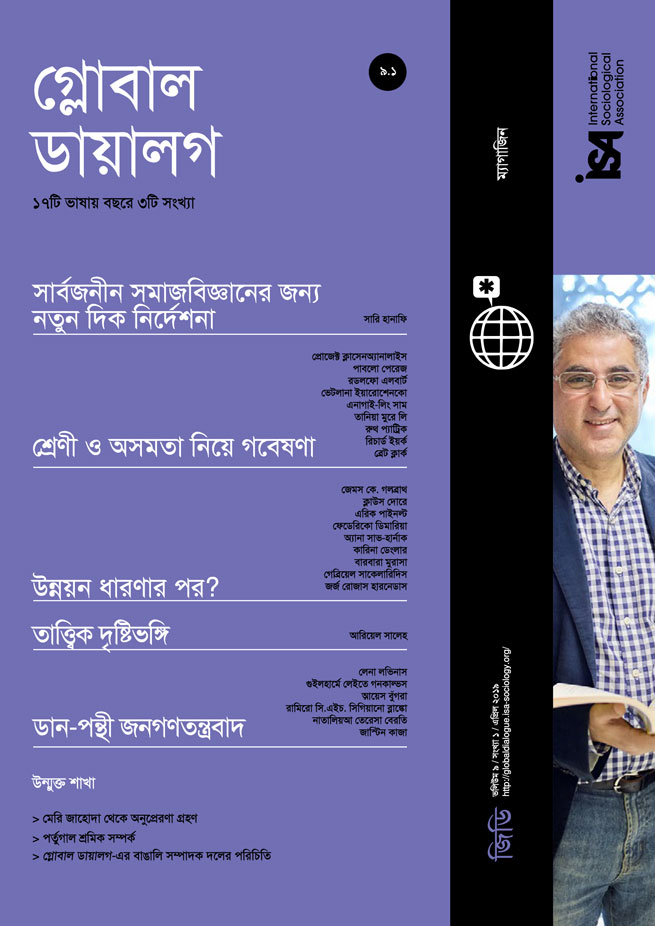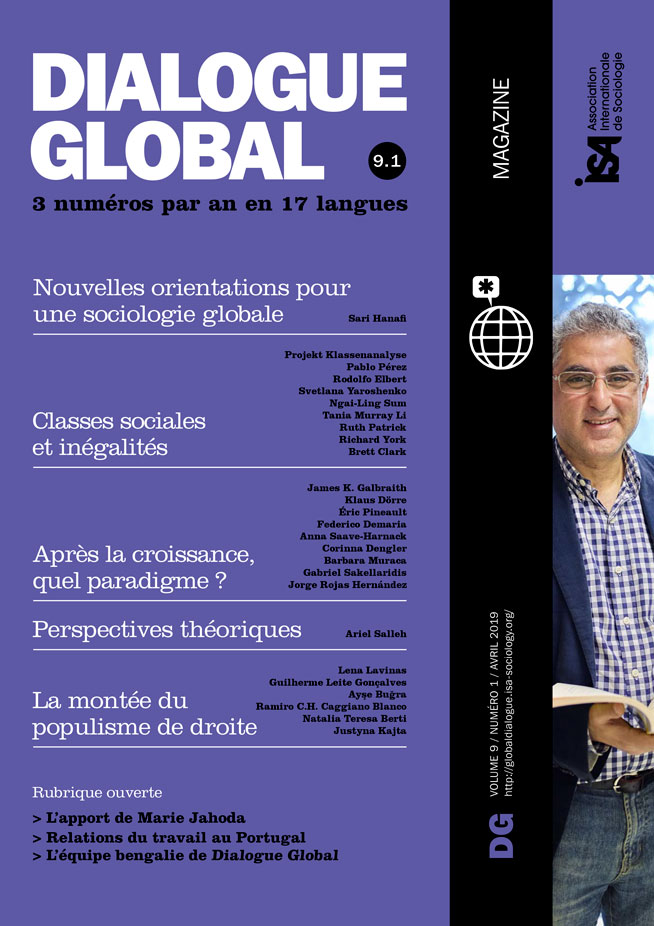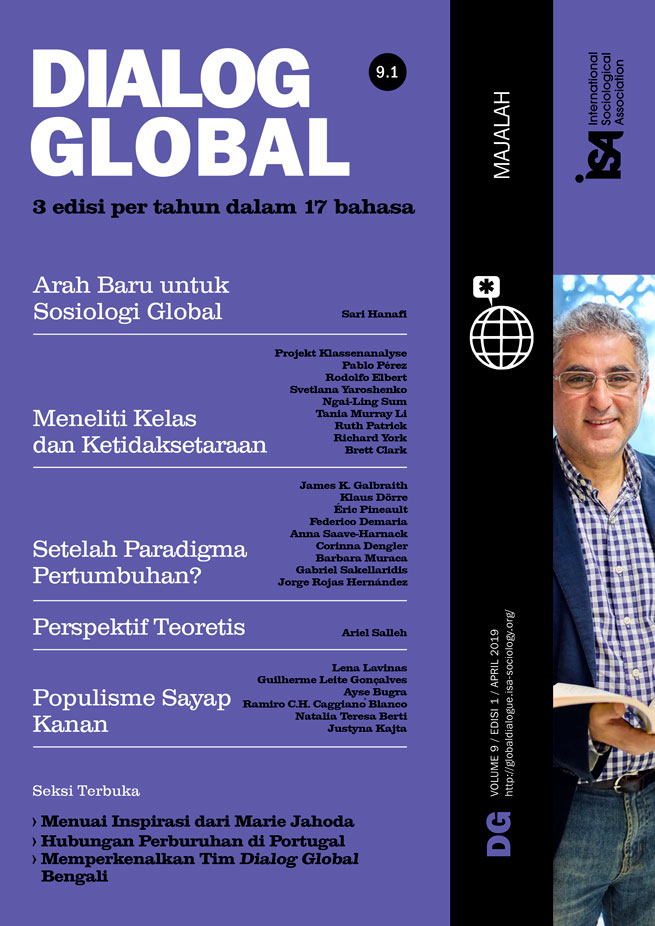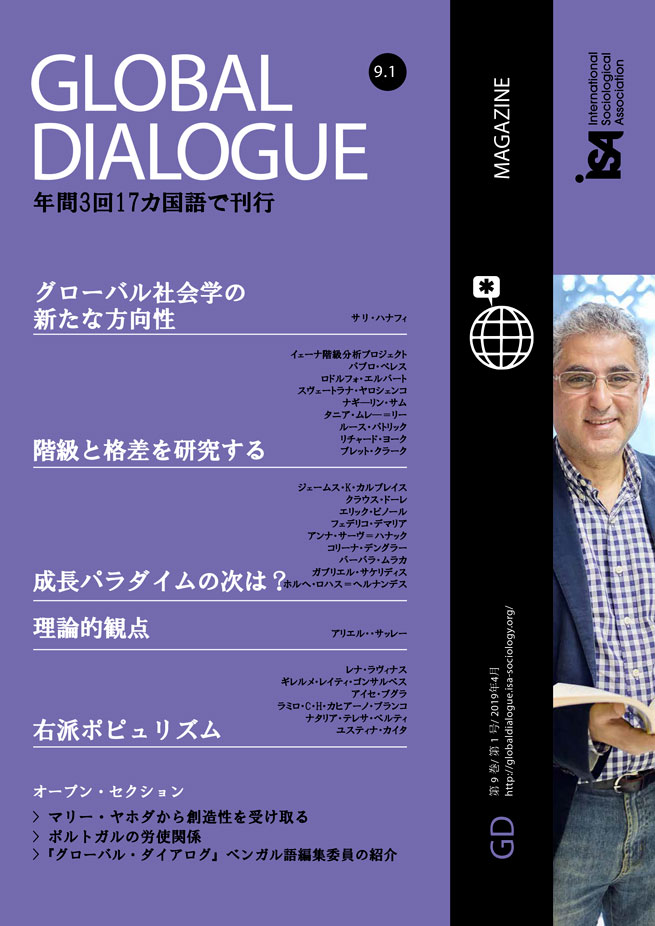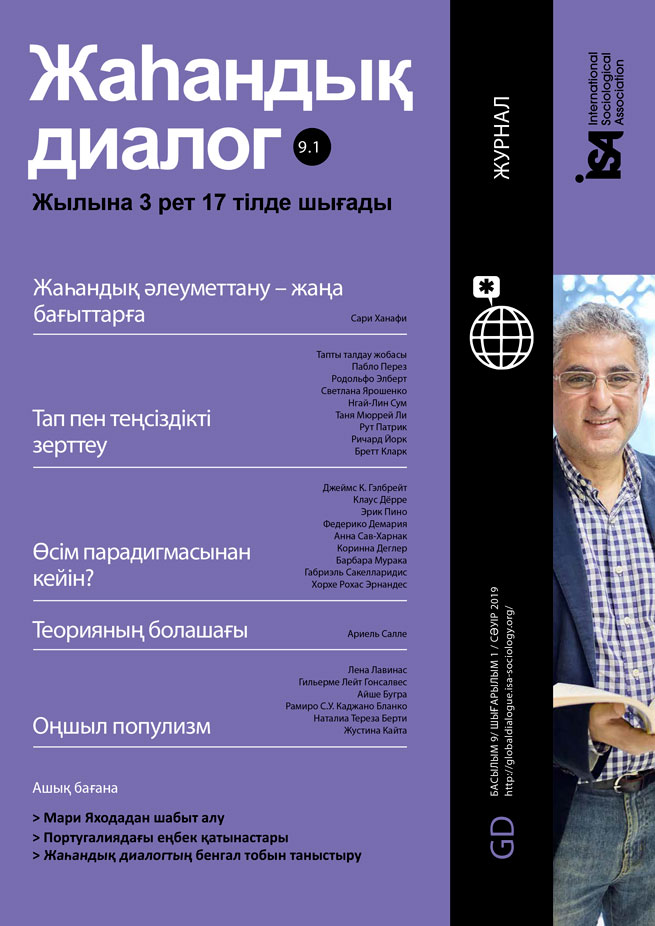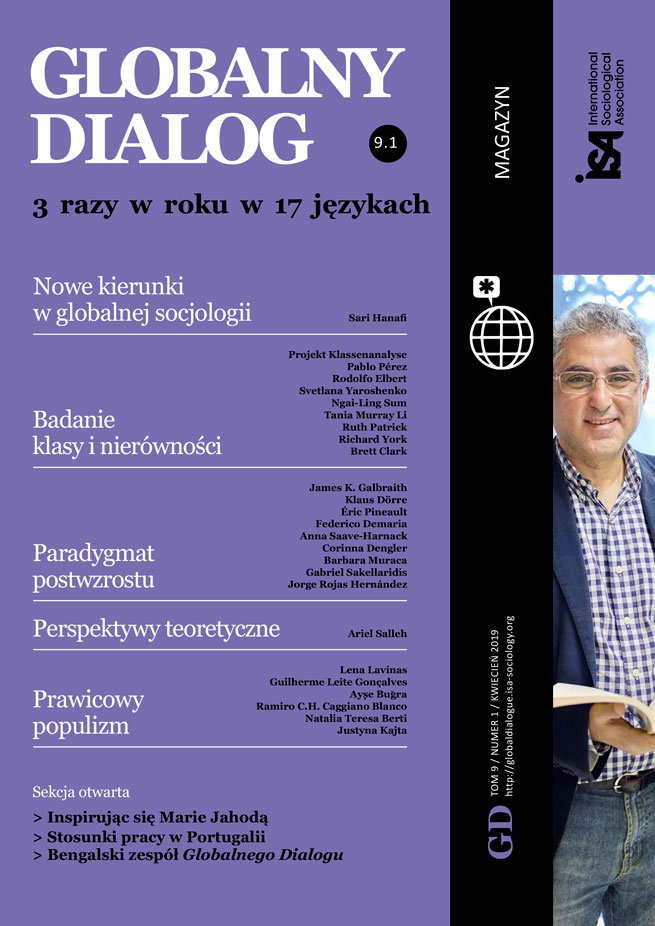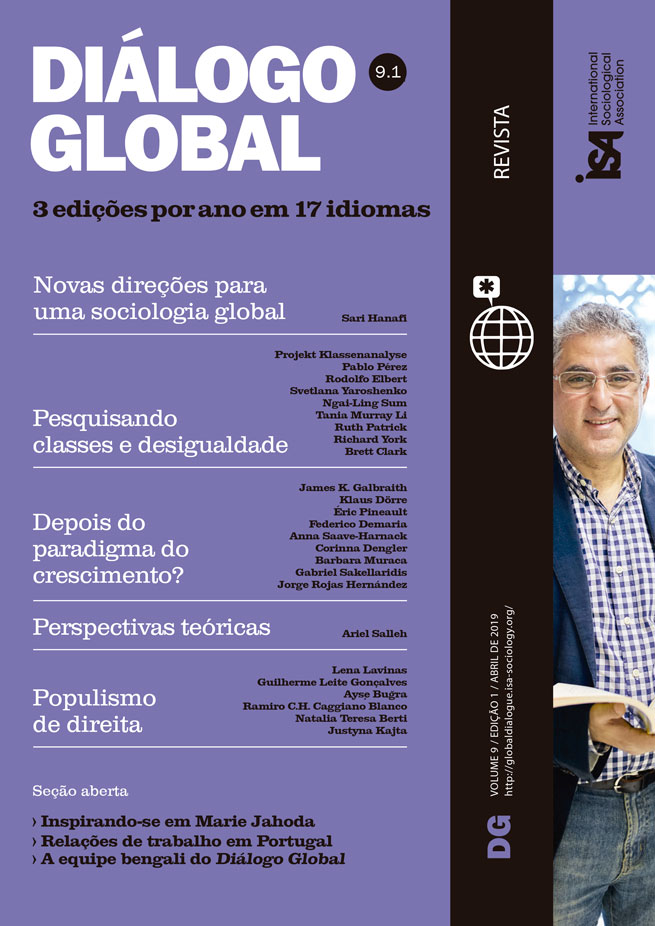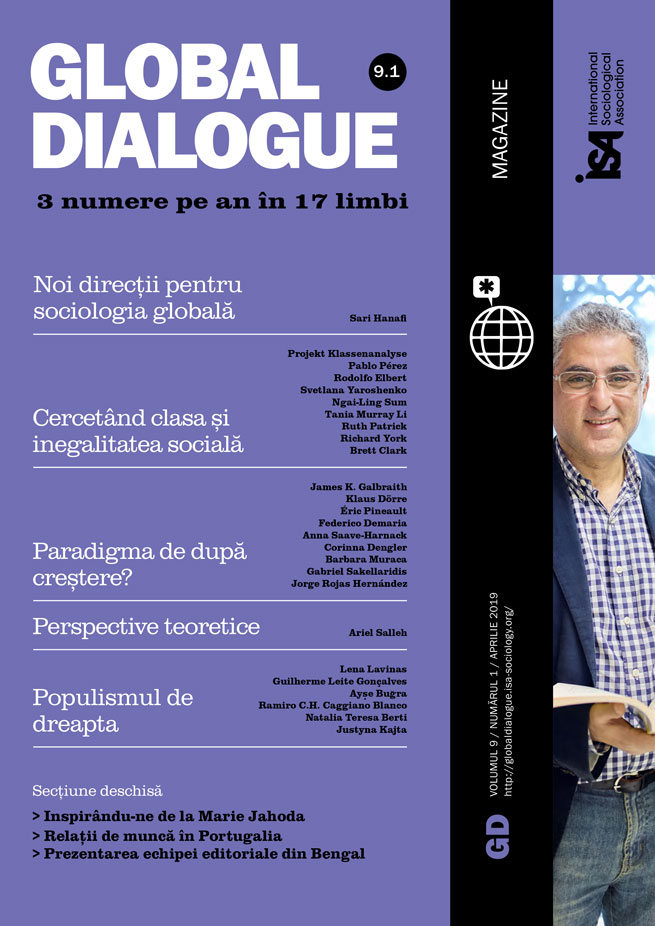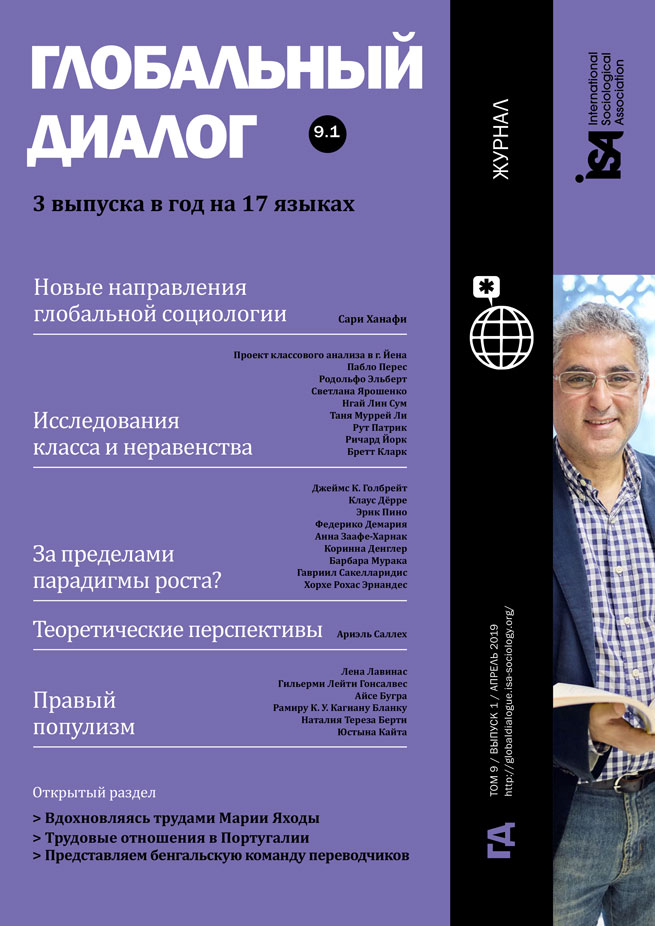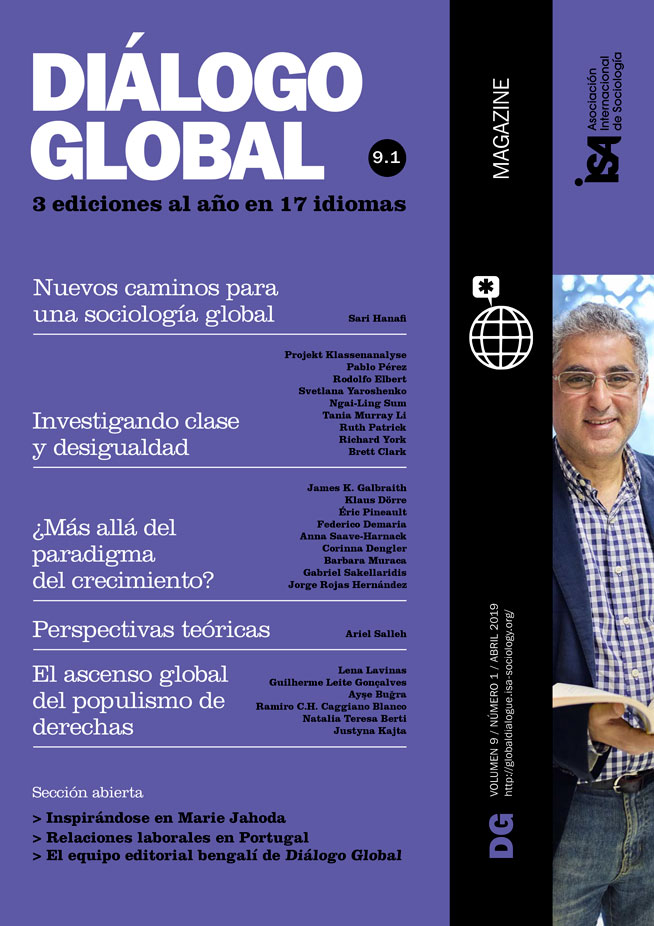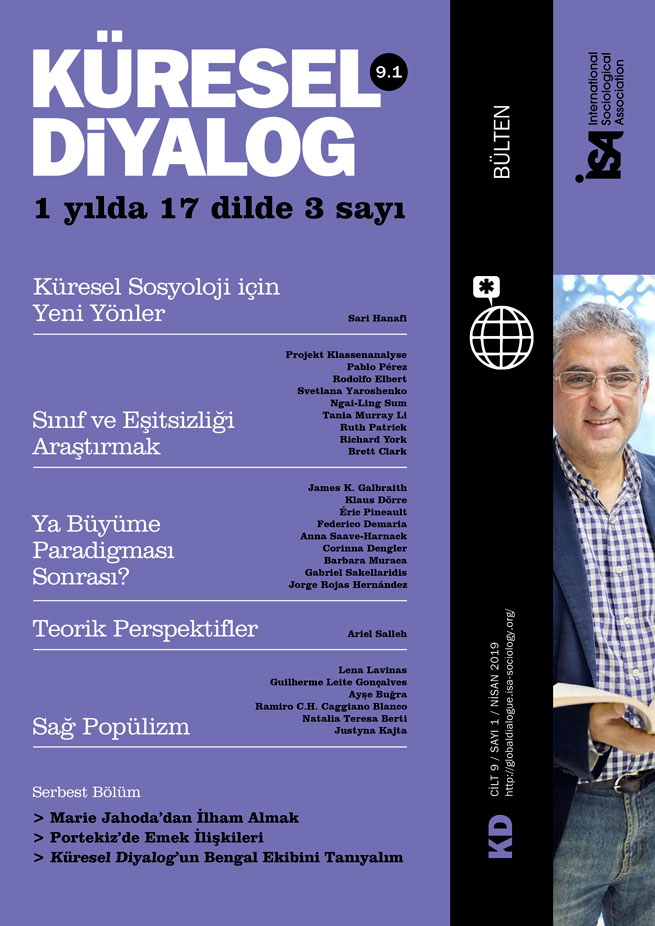Marx and Engels used the term Lumpenproletariat in mainly descriptive, pejorative, and rhetorical ways. The “underclass” occupies a similar place in recent economic and political discourse, while the “precariat” has a more positive connotation. This paper employs Gramsci’s notion of the “subaltern” or “subordinate” classes, which aimed to capture the multi-dimensional nature of exploitation, oppression, and marginality of diverse subordinate groups as well as their relative lack of autonomy from the hegemony of dominant social groups. My case study considers how the lived experience of poverty and inequality of a specific stratum of the urban poor in China since the 2008 financial crisis has been reflected in the development of a new identity – diaosi – which uses social media to create both personal narratives and a subculture that inverts hegemonic values and norms in a self-mocking way.
The subaltern diaosi (loser) identity in China
The 2008 financial crisis aggravated the conditions of the urban underclass, initially because of rising unemployment and then because of the effects of debt-based urban mega-project and real estate booms triggered by a massive government stimulus program. The debt-fueled property boom led to rising housing prices, residential rents, and ghost towns; increasingly, precarious migrant workers endured long hours with low pay without rights to urban residence and related welfare benefits. Those without factory-provided dormitory accommodation had to pay higher rents for sub-standard accommodation at the peripheries of towns, or lived in liminal spaces (e.g., balconies, roof tops, containers, or underground bunkers) in urban centers. In Beijing in 2014, for example, close to a million migrants rented shared small rooms at around USD 65 per month in underground air raid shelters and storage spaces without natural light and with communal toilets and kitchens. They comprised low-wage service workers, such as waiters, hairdressers, janitors, shop assistants, street peddlers, chefs, security guards, and construction workers. These subaltern groups are dubbed a “rat tribe” as C.Y. Sim shows in his 2015 video (subtitled in English): http://creativetimereports.org/2015/01/24/sim-chi-yin-rattribe-beijing-underground-apartments/.
Since late 2011, many young migrant workers in real or digital factories, who are also heavily involved in Internet pop culture and social media, responded to their feelings of inequality and injustice by narrating their marginality and subalternity in terms of a new identity. The diaosi subject position – literally, fans of a celebrity footballer – emerged in on-line battles between rival fans. This identity was then self-mockingly reinterpreted as “fans of penis,” a close homonym. This transposition soon went viral on social media. Two months after this identity was coined, it had attracted 41.1 million Google searches and 2.2 million blog posts on China’s Twitter-like Weibo. Young subalterns started to proclaim themselves as diaosi and all kinds of associated chat rooms and social media were set up (e.g., YY and QQ chats).
New meanings were added as the discourse and identity circulated in the social media. It soon came to condense migrant workers’ feelings of inequality, marginality, exclusion, economic hardship, frustration, and social pain as well as their unfulfilled consumer and romantic desires. They represent themselves as having underprivileged backgrounds, earning a meagre wage, consuming little, and lacking social connections. Their meagre income, consumption, and borrowing capacity as well as their low social standing are coupled socio-emotionally with a sense of living a devalued life: of long working hours, poor housing, uncertain career prospects, missing home-life, guilt towards parents at home, and an empty emotional and romantic life. This is often highlighted in diaosi narratives of how they spent Valentine’s Day, Christmas, festive seasons, and the small hours of the night looking for Internet companions. Such affective discourses from the margins express collective social experiences grounded in inequalities generated in everyday urban economic and social life.
This everyday existence of diaosi subalternity is also expressed through a biopolitical binary that depicts two main gendered body types based on their unequal access to income, consumption opportunities, power networks, love, romance, and intimacy. Male diaosi self-deprecate as “poor, short, and ugly” losers. With meagre income and unattractive physiques, they construct themselves as unable to impress girls by showering them with material gifts and/or charming them. They have “no house, no car, and no bride/girlfriend” and spend most of their time at home, using cheap mobile phones, surfing the Internet, and playing media games such as DOTA. This construction has gradually spread to female subalterns. Then there are the gaofushuai. Members of this superior group are (1) “tall, rich, and handsome”; and (2) “princelings” with special party and state connections enabling them to gain advantages in employment and access. They enjoy the “three treasures” (iPhone, sports car, and designer watch) and can attract beautiful girls. This binary involves a mix of latent critique, self-mockery, self-protection, and self-entertainment. It is an everyday way of protesting and relieving insecurity in state-capitalist China. The resultant gaps between these two imagined groups are further highlighted online via satirical cartoons, photographs, TV shows, fantasy talks, etc. The two groups have different modes of transport (bus vs. BMW), smartphones (Nokia vs. iPhone), eating places (side-street stores vs. expensive restaurants), and romantic encounters. In short, diaosi narratives reflect the self-mockery of a fate with no future or hope; the emotional emptiness in romantic life; the latent hostility towards the social elitism embodied by the princelings; and the despair of not being accepted in an unequal society.
Ngai-Ling Sum, Lancaster University, UK <n.sum@lancaster.ac.uk>



